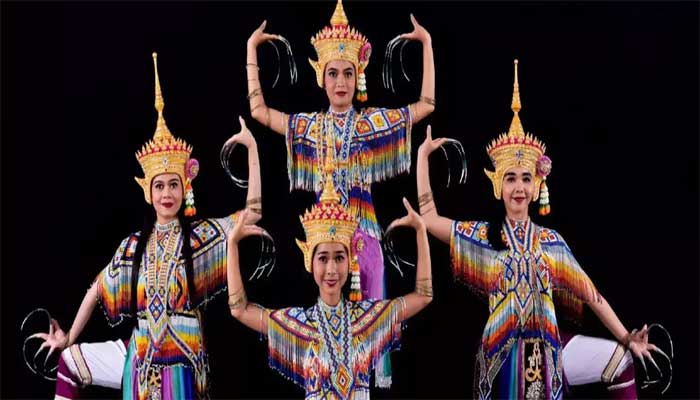UNESCO officially lists Thai dance nora as ‘Intangible Cultural Heritage’
The dramatic art form -- combining dancing, singing and storytelling -- has roots in India
December 15, 2021

Narathiwat, Thailand: Dancers moved gracefully in a circle, their beaded dress pieces swaying as they struck bird-like poses in a dance-drama known as "nora" -- a southern Thai performance art which was added Wednesday to UNESCO´s prestigious heritage list.
The dramatic art form -- combining dancing, singing and storytelling -- has roots in India, and has been practised in Thailand´s southernmost provinces for centuries.
Performances are usually a dramatic retelling of the tale of a local prince who tries to rescue Manora -- a half-human, half-bird princess, whose shortened name gives the art its name.
The ultra-elaborate showcases can last for up to three days.
UNESCO on Wednesday officially listed nora as Thailand´s "Intangible Cultural Heritage" -- a move that could potentially bring more global recognition to a dance typically only seen in small village gatherings in the kingdom´s south.
In Narathiwat province´s Su-ngai Padi district -- not far from Malaysia´s border -- young dancers on Saturday carefully pulled on their costumes, with lines of beads strung together in a kaleidoscopic display of colours and patterns.
The backs of their dress pieces swooped upwards, mimicking a bird´s tail.
"Nora is important to southerners for two reasons -- first, it is for entertainment... the dance conveys messages which teaches people to do good for good karma," said Vichien Rattanaboono, president of the province´s dance group.
"And second, it is about ceremony and beliefs. Manora will be performed during ceremonies to show respect to our teachers and parents. It´s to show our gratitude," he said.









